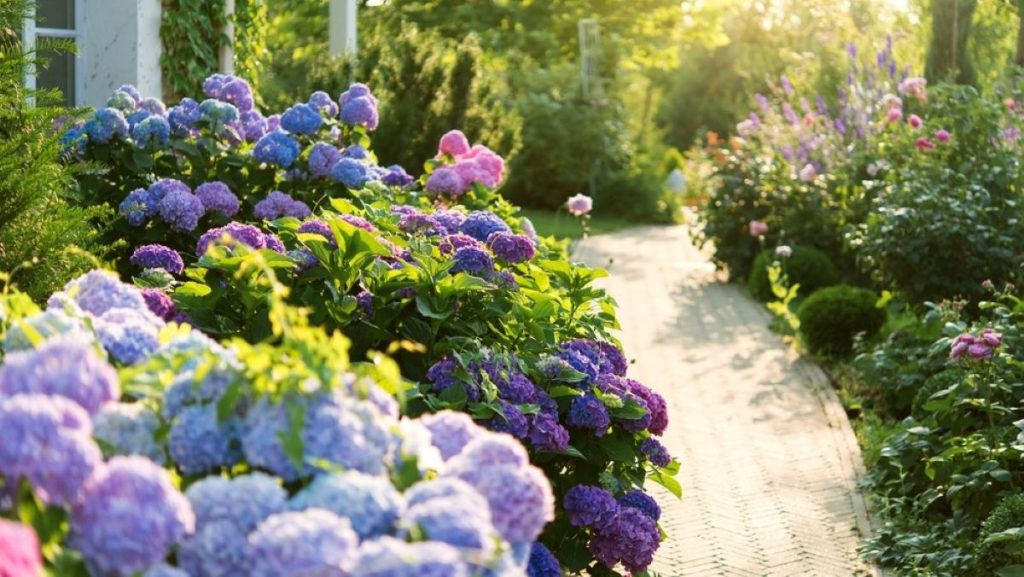Get the most out of your hydrangeas with these simple tips
Others are reading now
Get the most out of your hydrangeas with these simple tips
August: The Make-or-Break Month for Hydrangeas

If your hydrangeas aren’t blooming as hoped, don’t toss in the trowel. According to experts, August is the most important time of year to take action.
Garden pro Pat Sullivan says this month is key to prepping the plant for a vibrant show next season. With just one simple step, you can set your hydrangeas up for bigger, better blooms.
Why Placement Really Matters
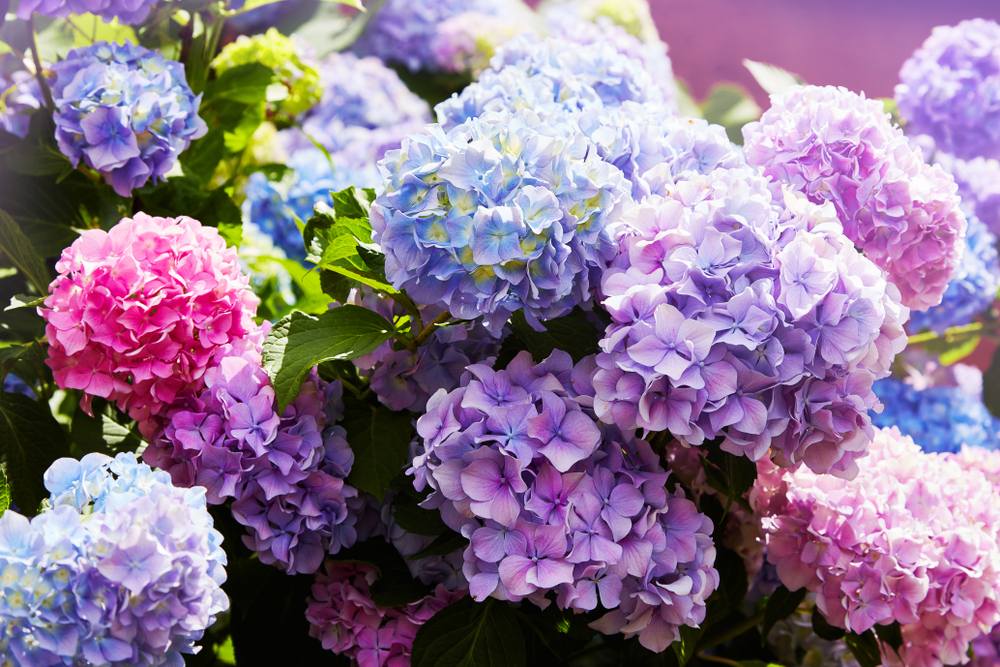
Hydrangeas, especially the popular pink and blue macrophylla types, are often misunderstood.
“People think they’re shade plants, but that’s not quite right,” Sullivan explains.
While they can’t take harsh afternoon sun, they thrive with bright morning light. The best spot? East-facing, where they get sunlight early and shade later.
Also read
The Simple August Trim That Changes Everything
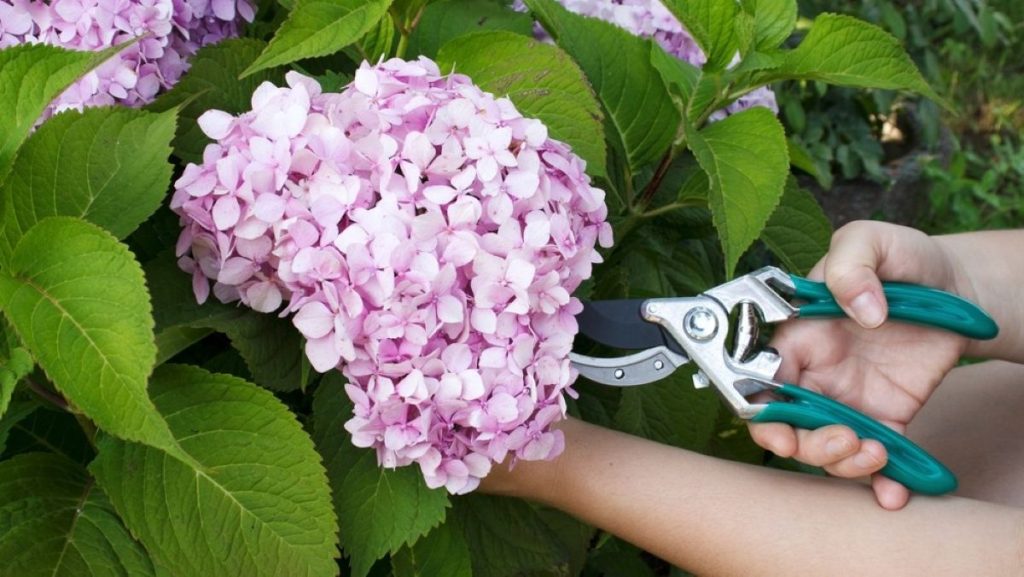
Here’s the task: a gentle prune. Just enough to neaten things up, without cutting away next year’s flower buds.
Macrophyllas form buds on both old and new wood, so trimming in August ensures you won’t harm next season’s blooms. “If you go trimming in the fall, you could be cutting off some of the colour for the next year,” warns Sullivan.
Water and Feed for Healthier Blooms
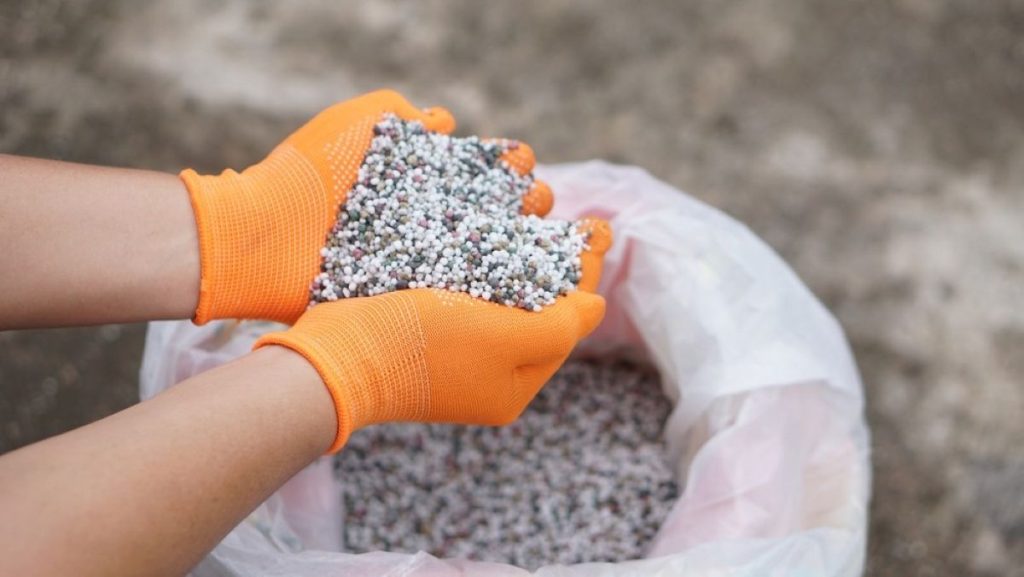
Alongside pruning, hydration and nutrition are vital. Keep your hydrangeas well-watered and apply a quality fertiliser.
Sullivan recommends feeding twice a year—August being one of the ideal windows. This boosts the plant’s strength and helps set the stage for more colourful and vigorous flowering.
Tuning the Colour with Soil pH
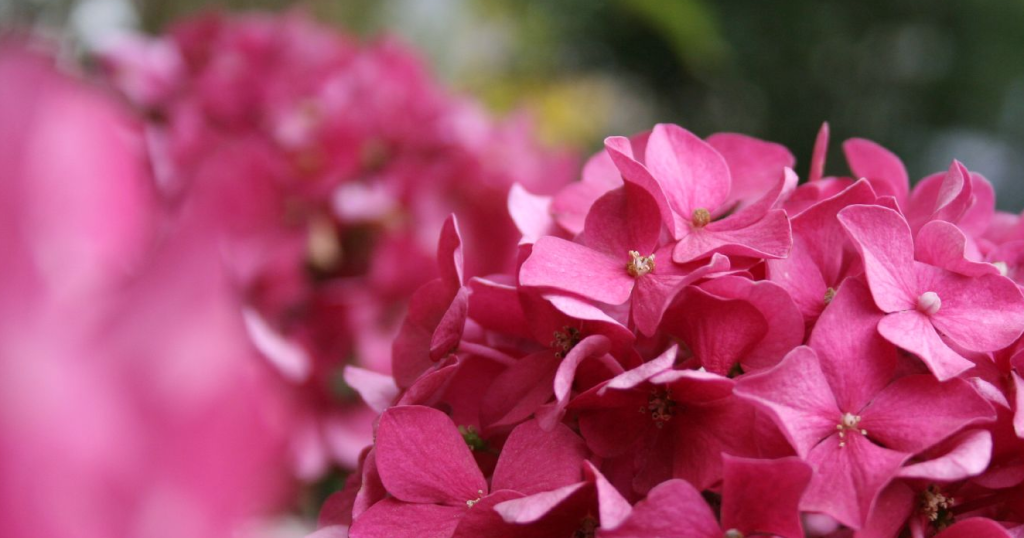
Want blue blooms instead of pink? It’s all in the soil.
Adding aluminium sulphate will increase acidity, encouraging those sought-after blue hues. In more alkaline soils, hydrangeas naturally shift pink. Adjusting pH levels gives gardeners more control over their garden palette.
Also read
Paniculatas Play by Different Rules
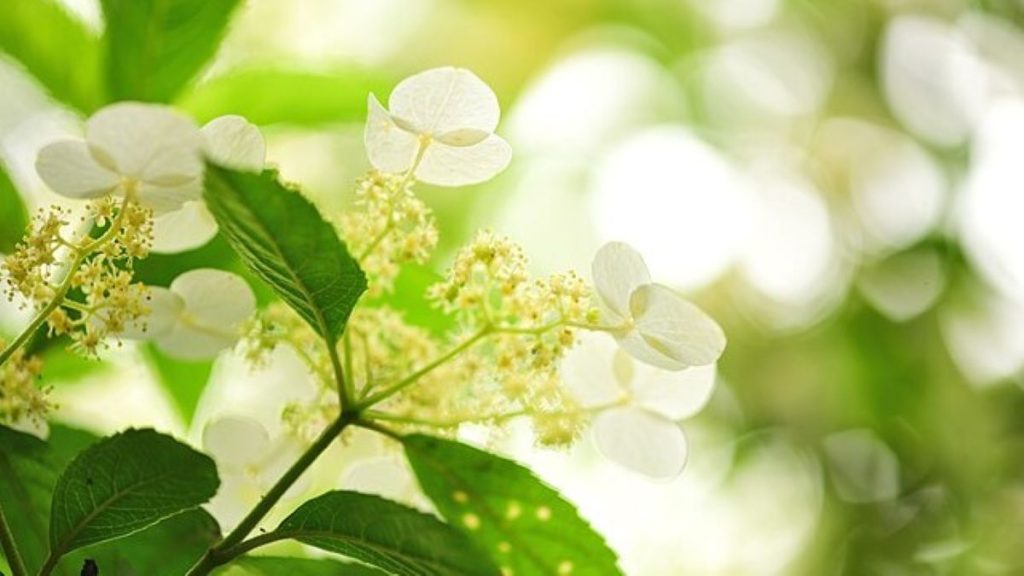
White-flowering paniculata hydrangeas are tougher and more sun-tolerant. They can handle stronger afternoon light without wilting.
Unlike macrophyllas, they bloom on new wood—so you can prune them in early spring without risking flowers. That flexibility makes them easier to manage and ideal for sunnier gardens.
Avoid This Common Mistake
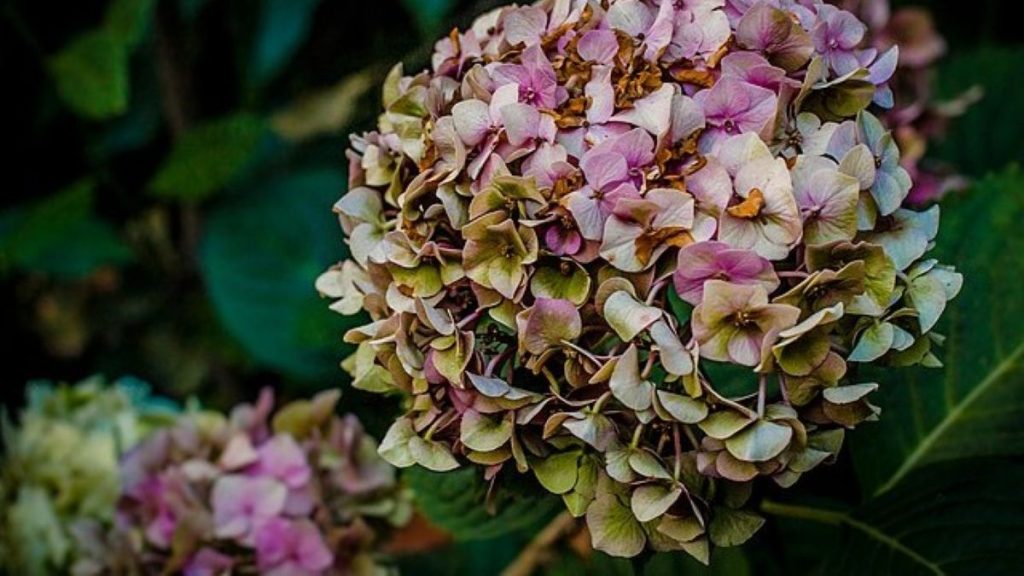
The biggest blunder? Pruning too late.
Trimming after August could remove next year’s flower buds. If you wait until autumn or winter, you may see a lot of leaves and no blooms when summer rolls around again.
Don’t Forget to Mulch
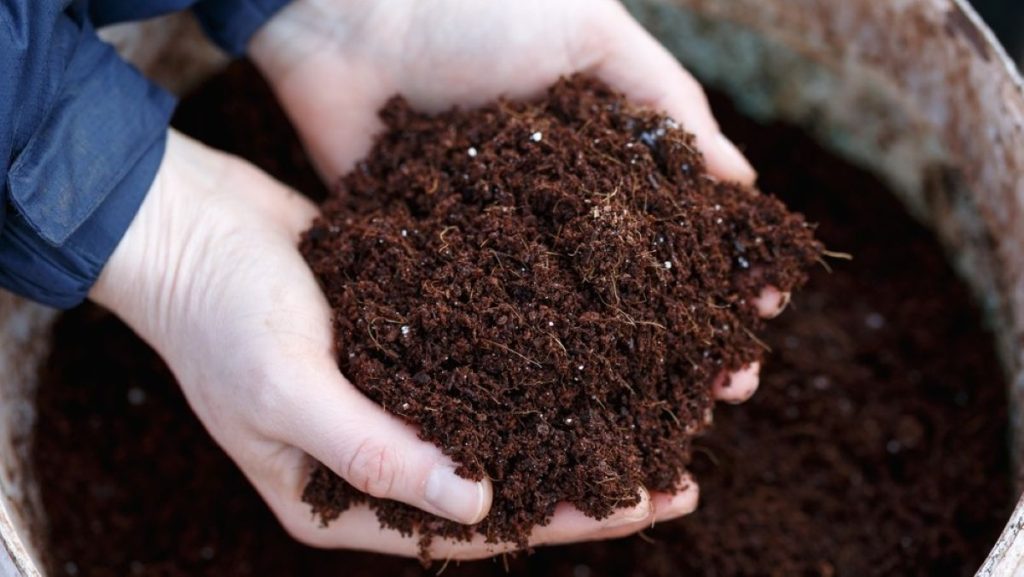
To keep moisture in and roots cool, add a layer of mulch after trimming and feeding.
This helps regulate soil temperature and reduces water evaporation—crucial during late summer dry spells.
Mulch also helps suppress weeds, giving your hydrangeas room to thrive.
Also read
Plan Now, Reap Next Season
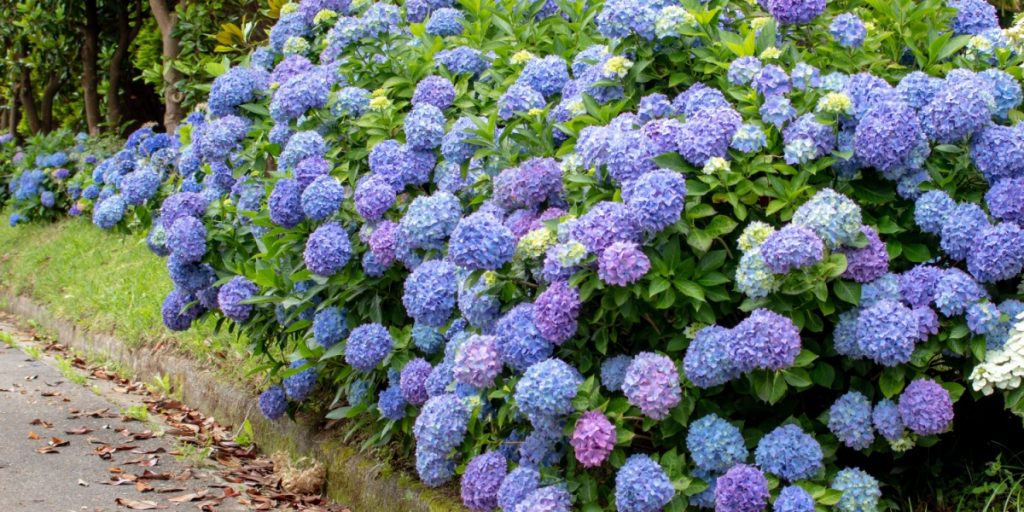
With just a few strategic actions this August—pruning, feeding, watering, and checking your soil—you’ll be rewarded with a spectacular display come next summer.
As Sullivan puts it, “Once you trim them up in August, that’s it for the season.” Do it right, and your hydrangeas will thank you with blooms worth the wait.
Source: The Mirror

